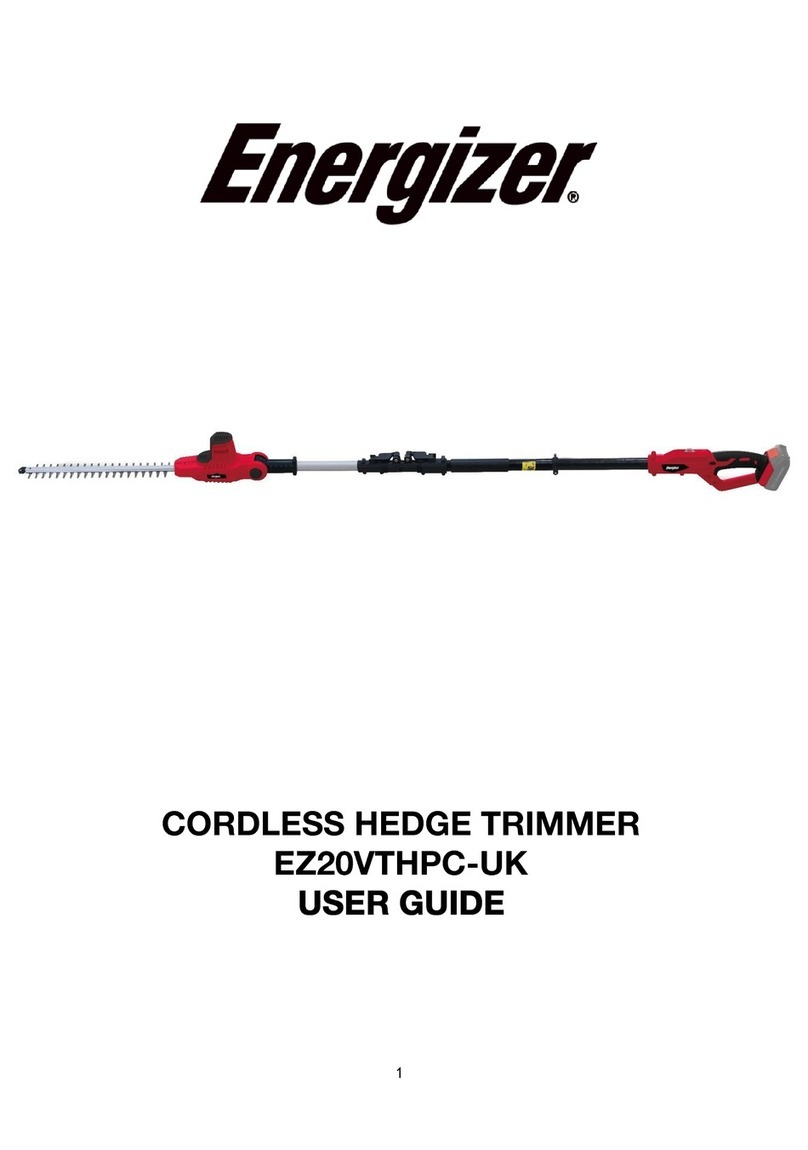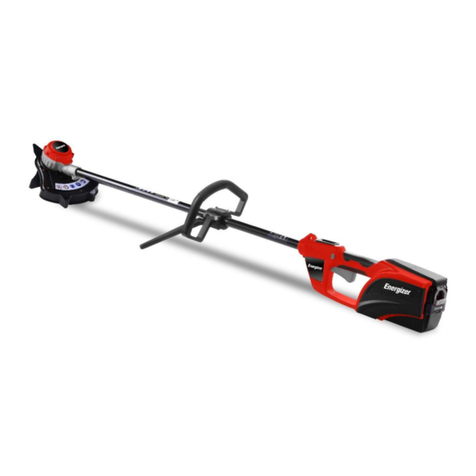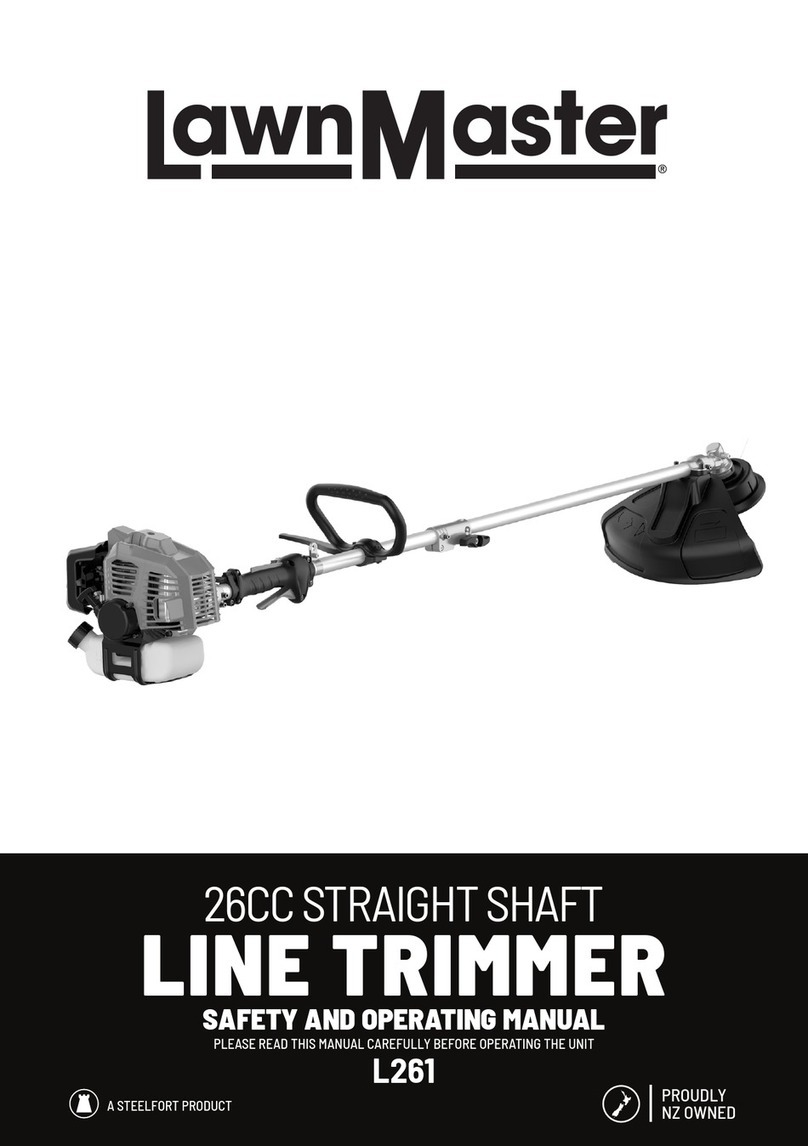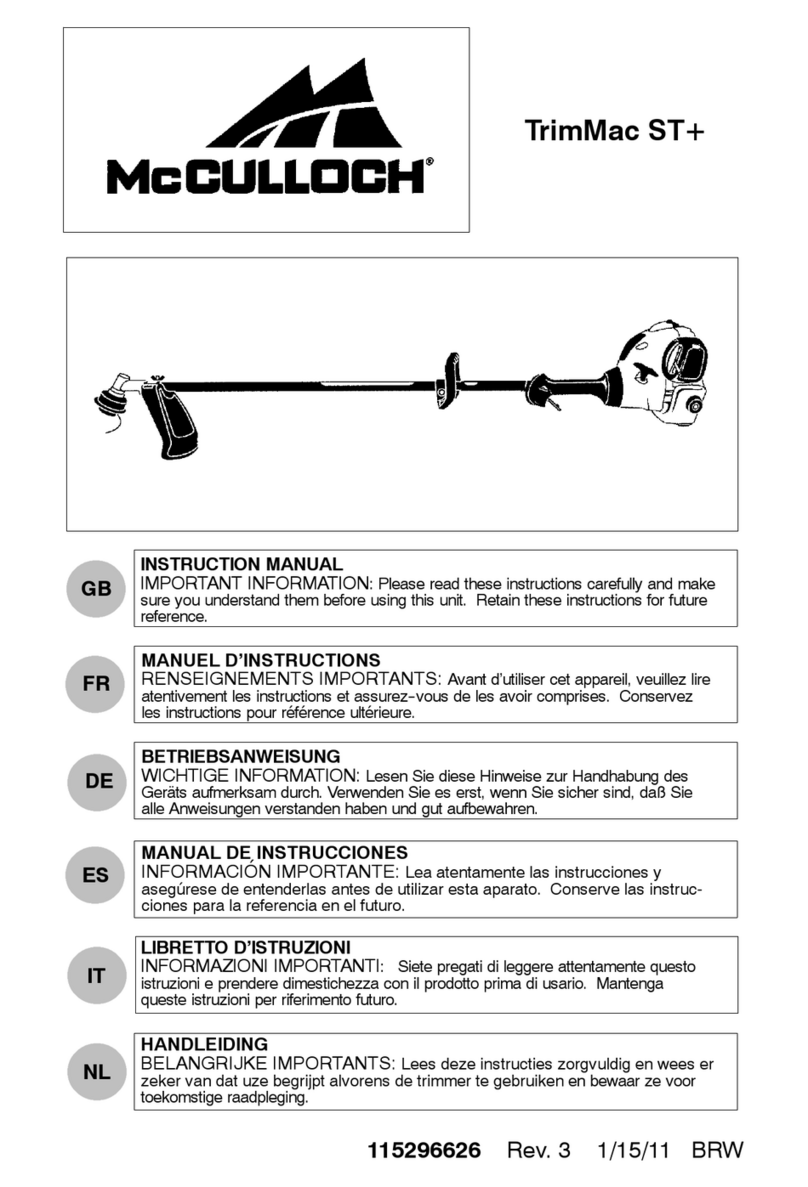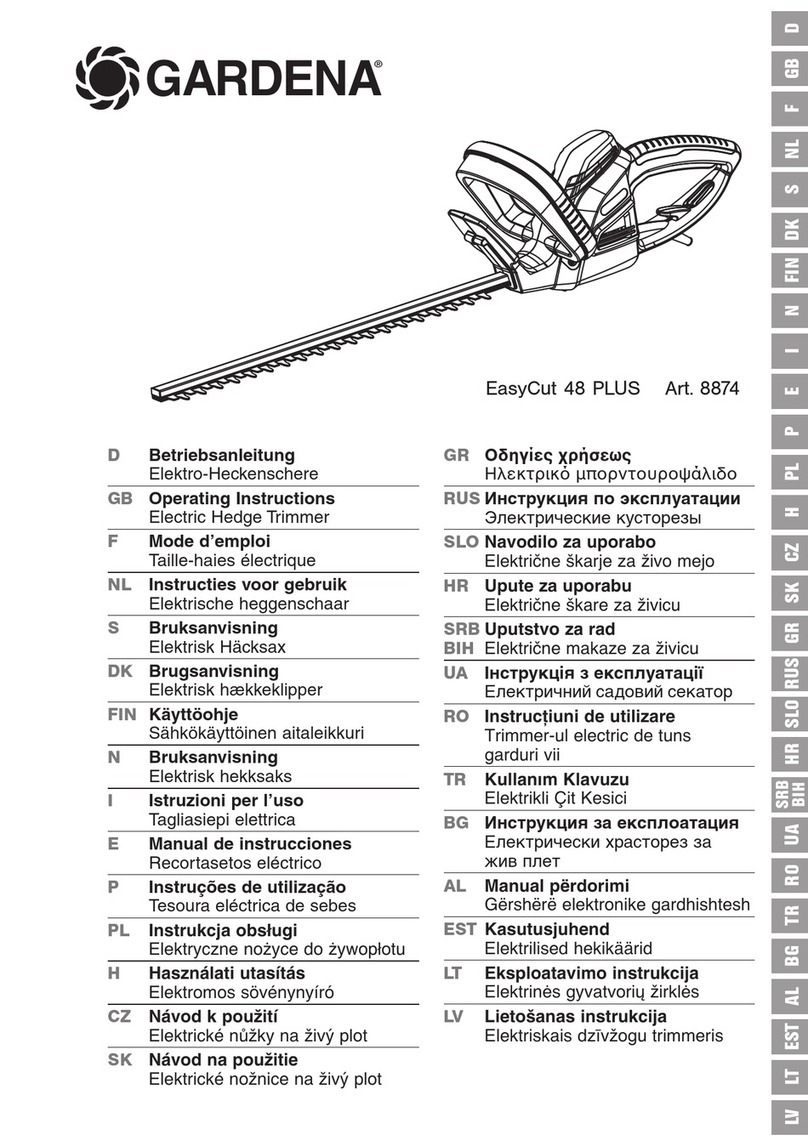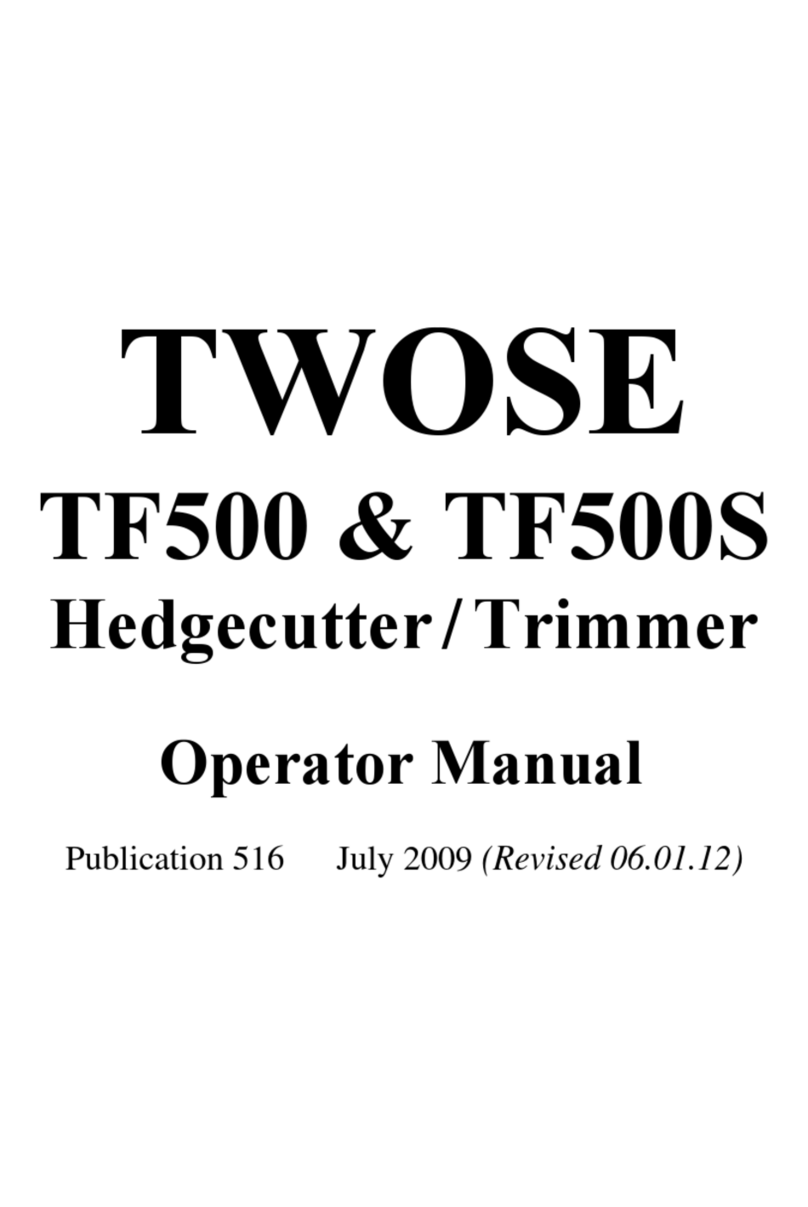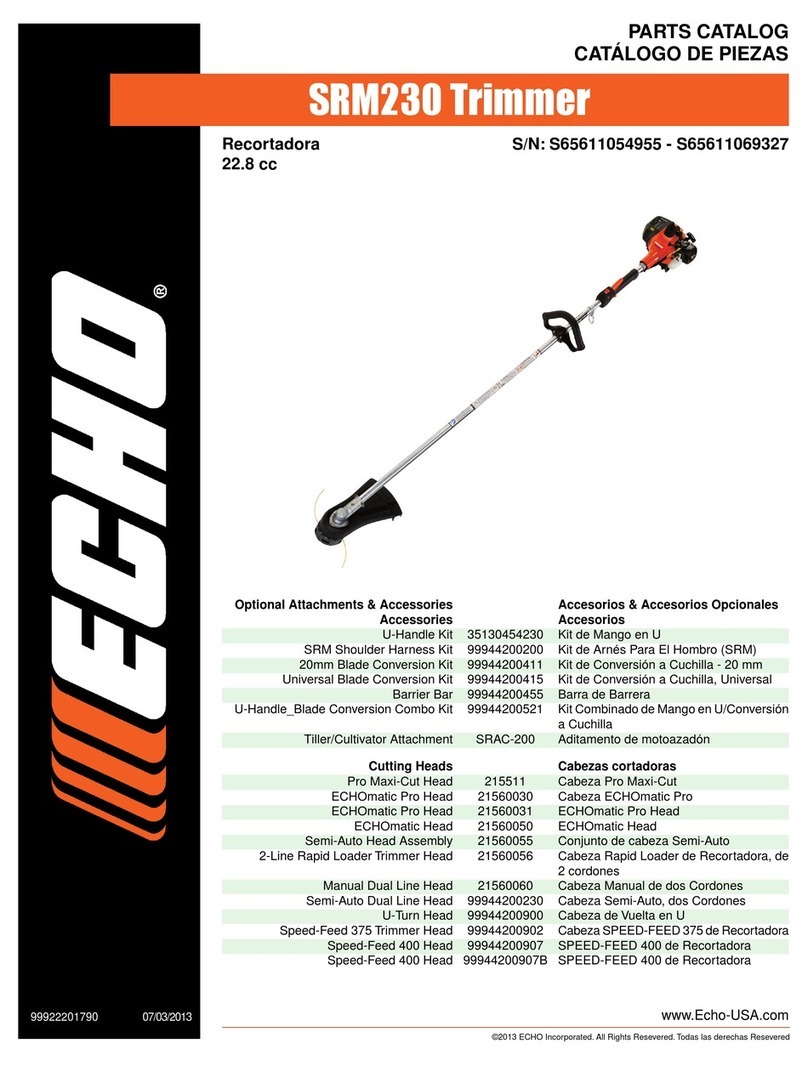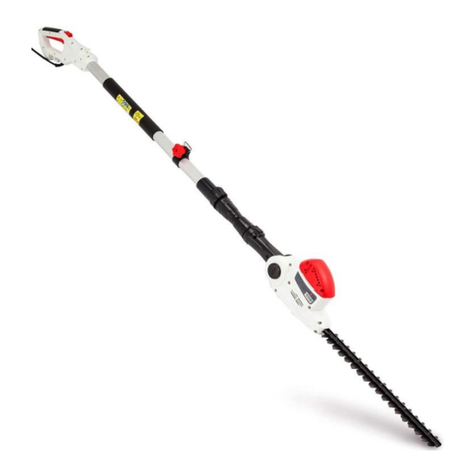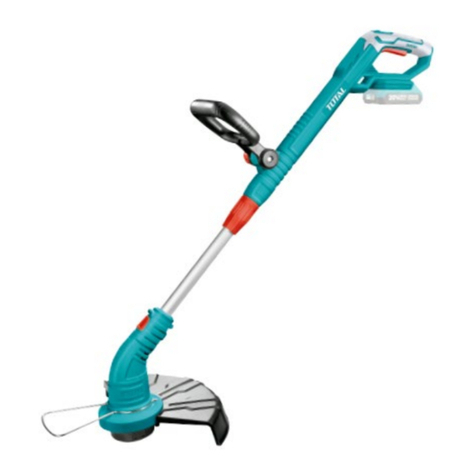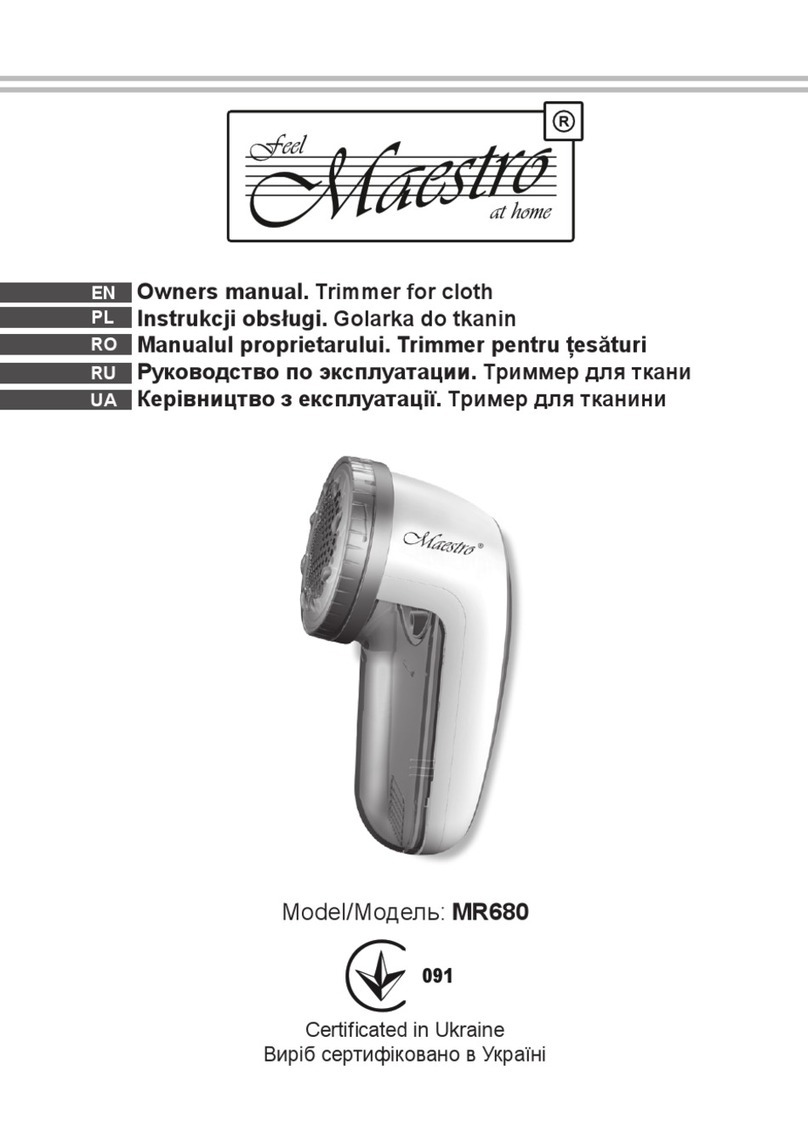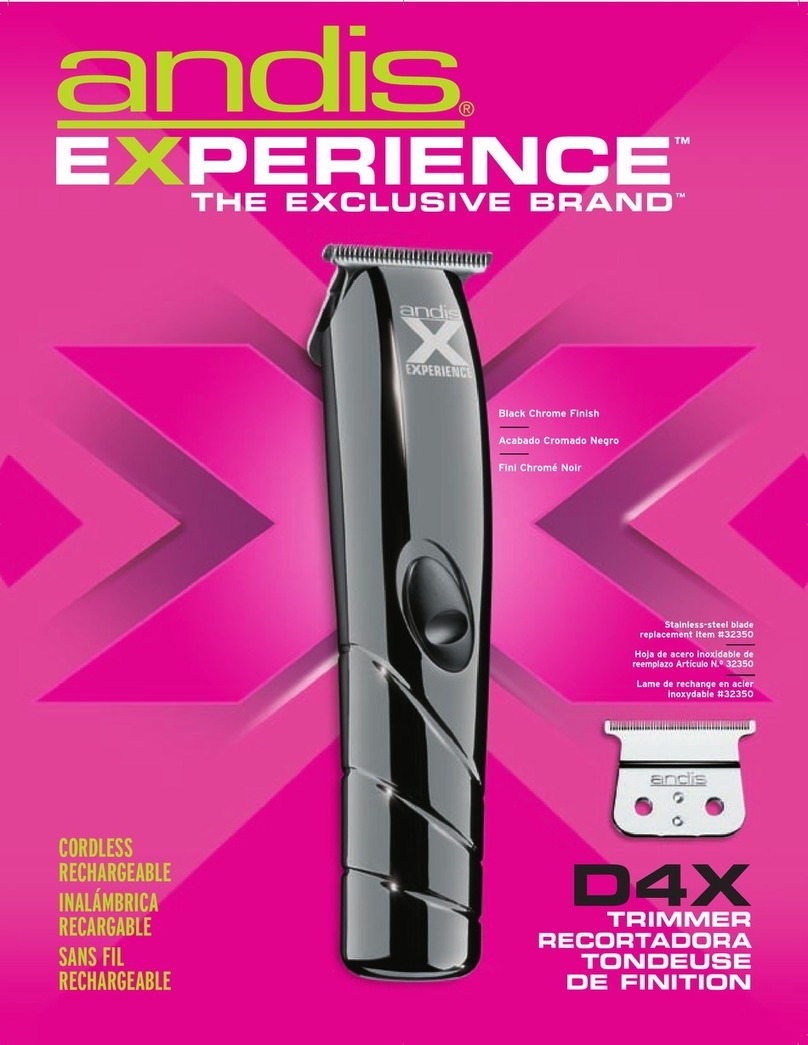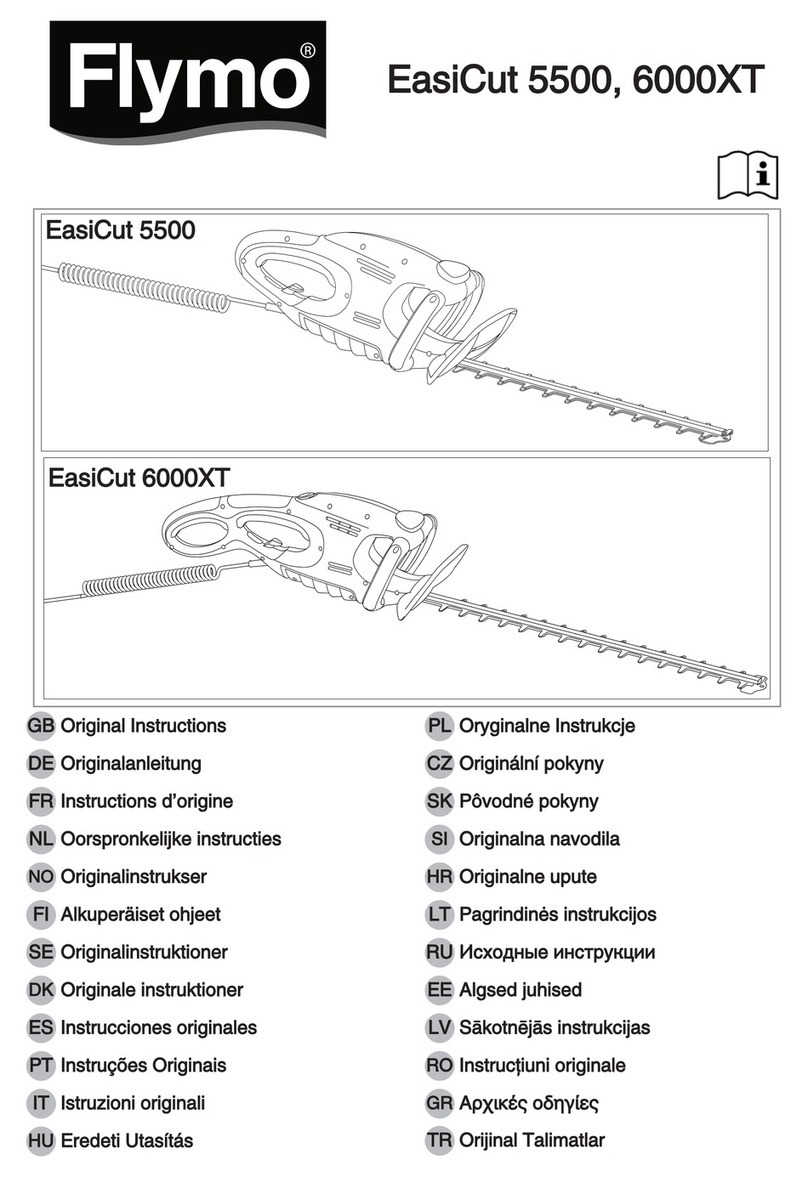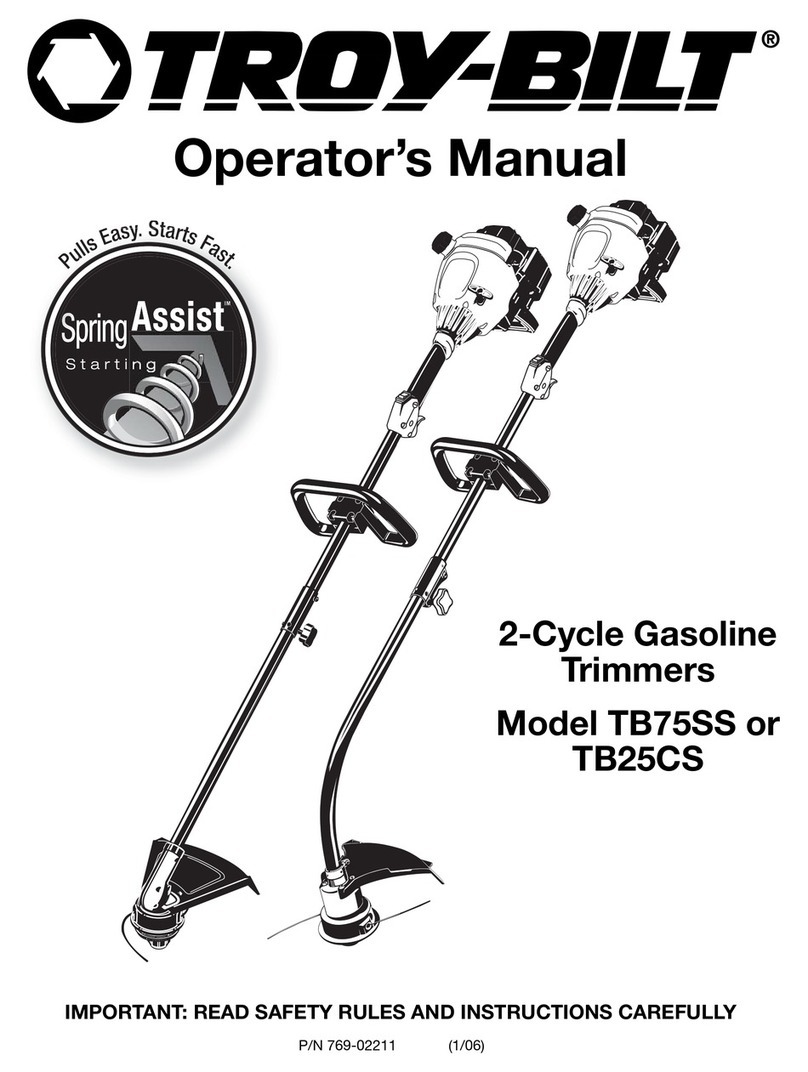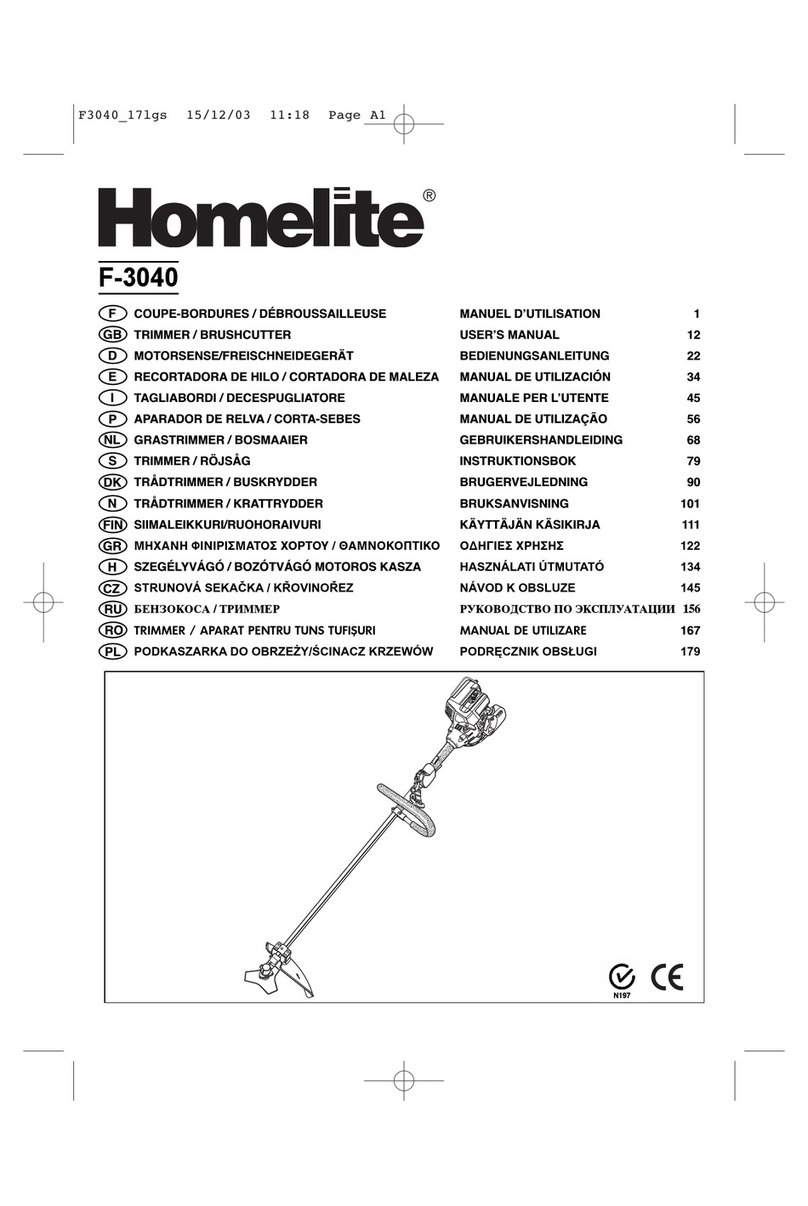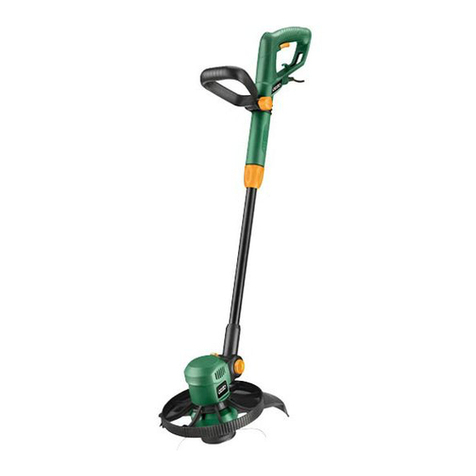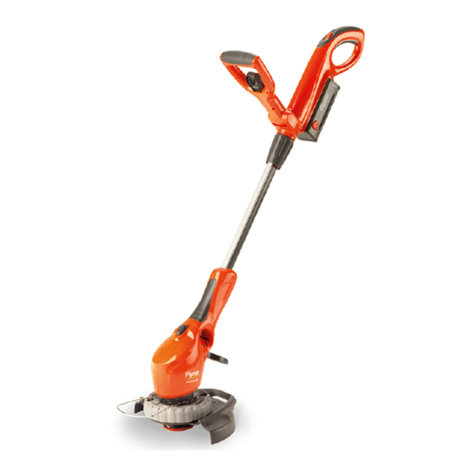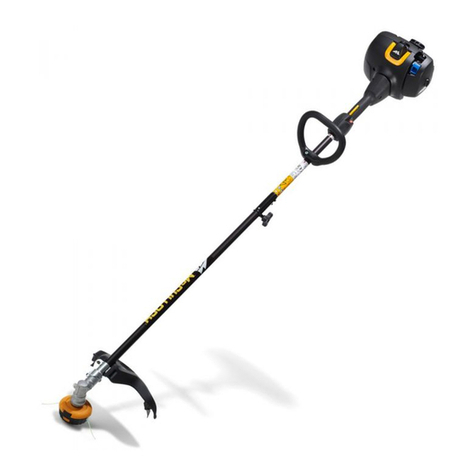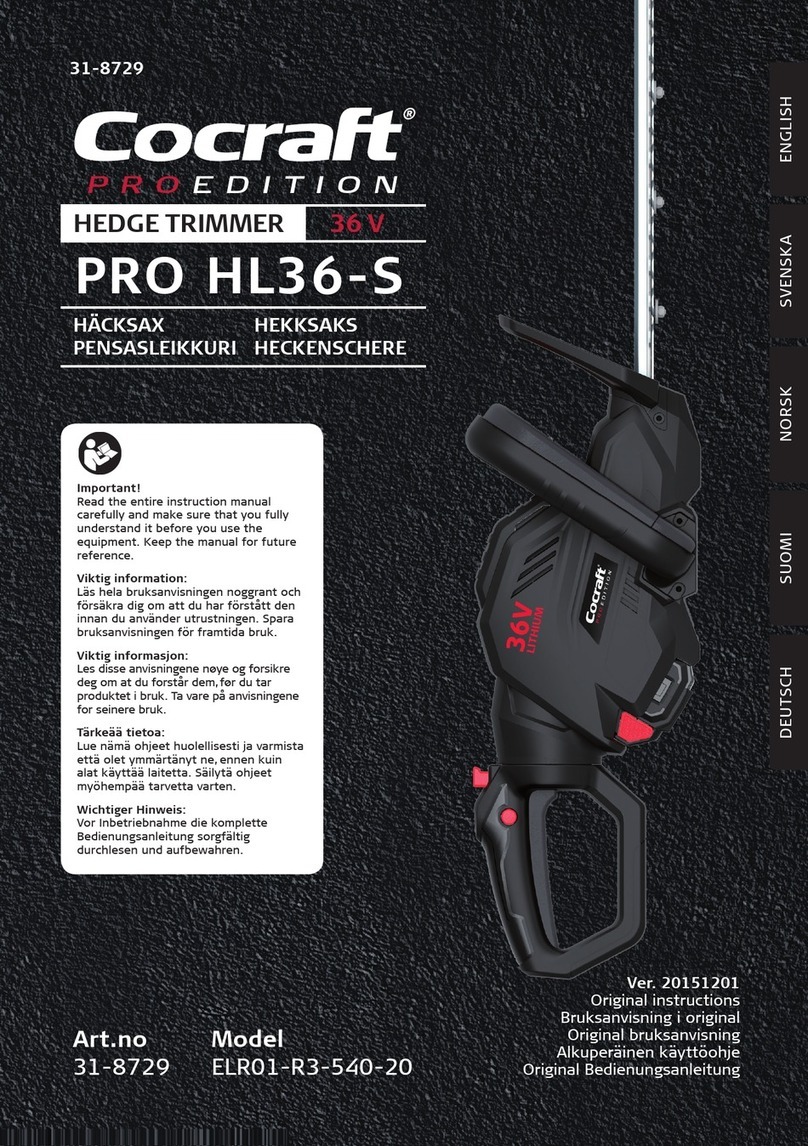Energizer EZ20VCBC-UK User manual

1

2
©2019 Energizer. Energizer and certain graphic designs are trademarks of Energizer Brands, LLC and related subsidiaries
and are used under license by Builder SAS.
All other brand names are trademarks of their respective owners.
Neither Builder SAS nor Energizer Brands, LLC is affiliated with the respective owners of their trademarks

3
Let's get started.
You're excited to power up, so we'll keep this brief!

4
1. SAFETY WARNINGS
WARNING Read all safety warnings and all instructions. Failure to follow the
warnings and instructions may result in electric shock, fire and/or serious injury.
Save all warnings and instructions for future reference. The term "power tool" in the
warnings refers to your mains-operated (corded) power tool or battery-operated (cordless)
power tool.
1)
Work area safety
a)
Keep work area clean and well lit. Cluttered or dark areas invite accidents.
b)
Do not operate power tools in explosive atmospheres, such as in the presence of
flammable liquids, gases or dust. Power tools create sparks which may ignite the dust or
fumes.
c)
Keep children and bystanders away while operating a power tool. Distractions can
cause you to lose control.
2)
Electrical safety
a)
Power tool plugs must match the outlet. Never modify the plug in any way. Do not use
any adapter plugs with earthed (grounded) power tools. Unmodified plugs and matching
outlets will reduce risk of electric shock.
b)
Avoid body contact with earthed or grounded surfaces, such as pipes, radiators,
ranges and refrigerators. There is an increased risk of electric shock if your body is earthed
or grounded.
c)
Do not expose power tools to rain or wet conditions. Water entering a power tool will
increase the risk of electric shock.
d)
Do not abuse the cord. Never use the cord for carrying, pulling or unplugging the
power tool. Keep cord away from heat, oil, sharp edges or moving parts. Damaged or
entangled cords increase the risk of electric shock.
e)
When operating a power tool outdoors, use an extension cord suitable for outdoor
use. Use of a cord suitable for outdoor use reduces the risk of electric shock.
f)
If operating a power tool in a damp location is unavoidable, use a residual current
device (RCD) protected supply. Use of an RCD reduces the risk of electric shock.
3)
Personal safety
a)
Stay alert, watch what you are doing and use common sense when operating a power
tool. Do not use a power tool while you are tired or under the influence of drugs, alcohol
or medication. A moment of inattention while operating power tools may result in serious
personal injury.
b)
Use personal protective equipment. Always wear eye protection. Protective equipment
such as dust mask, non-skid safety shoes, hard hat, or hearing protection used for appropriate
conditions will reduce personal injuries.
c)
Prevent unintentional starting. Ensure the switch is in the off-position connecting to
power source and/or battery pack, picking up or carrying the tool. Carrying power tools
with your finger on the switch or energizing power tools that have the switch on invites
accidents.
d)
Remove any adjusting key or wrench before turning the power tool on. A wrench or a
key left attached to a rotating part of the power tool may result in personal injury.
e)
Do not overreach. Keep proper footing and balance at all times. This enables better
control of the power tool in unexpected situations.
f)
Dress properly. Do not wear loose clothing or jewelry. Keep your hair, clothing and
gloves away from moving parts. Loose clothes, jewelry or long hair can be caught in moving
parts.
g)
If devices are provided for the connection of dust extraction and collection facilities,
ensure these are connected and properly used. Use of dust collection can reduce dust-
related hazards.
4)
Power tool use and care
a)
Do not force the power tool. Use the correct power tool for your application. The
correct power tool will do the job better and safer at the rate for which it was designed.
b)
Do not use the power tool if the switch does not turn it on and off. Any power tool that
cannot be controlled with the switch is dangerous and must be repaired.

5
c)
Disconnect the plug from the power source and/or the battery pack from the powertool
before making any adjustments, changing accessories, or storing power tools.
Such preventive safety measures reduce the risk of starting the power tool accidentally.
d)
Store idle power tools out of the reach of children and do not allow persons unfamiliar
with the power tool or these instructions to operate the power tool. Power tools are
dangerous in the hands of untrained users.
e)
Maintain power tools. Check for misalignment or binding of moving parts, breakage
of parts and any other condition that may affect the power tool’s operation. If damaged,
have the power tool repaired before use. Many accidents are caused by poorly maintained
power tools.
f)
Keep cutting tools sharp and clean. Properly maintained cutting tools with sharp cutting
edges are less likely to bind and are easier to control.
g)
Use the power tool, accessories and tool bits etc. in accordance with these
instructions, taking into account the working conditions and the work to be performed.
Use of the power tool for operations different from those intended could result in a hazardous
situation.
5)
Battery tool use and care
a)
Recharge only with the charger specified by the manufacturer. A charger that is suitable
for one type of battery pack may create a risk of fire when used with another battery pack.
b)
Use power tools only with specifically designated battery packs. Use of any other
battery packs may create a risk of injury and fire.
c)
When battery pack is not in use, keep it away from other metal objects, like paper lips,
coins, keys, nails, screws or other small metal objects, that can make a connection from
one terminal to another. Shorting the battery terminals together may cause burns or a fire.
d)
Under abusive conditions, liquid may be ejected from the battery; avoid contact. If
contact accidentally occurs, flush with water. If liquid contacts eyes, additionally seek
medical help. Liquid ejected from the battery may cause irritation or burns.
6)
Service
a)
Have your power tool serviced by a qualified repair person using only identical
replacement parts. This will ensure that the safety of the power tool is maintained
ADDITIONAL SAFETY RULES FOR GRASS TRIMMER
Danger! The cutting elements continue to rotate after the motor is switched off
Before use check the tool and battery about signs of damage or ageing. If there are
damages or ageing, do not use the tool and bring it to a qualified service for inspections
and reparations.
Read the instruction carefully. Be familiar with the controls and proper use of the
equipment.
Local regulation may restrict the age of the operator.
Always wear substantial footwear and long trousers while operating the machine
Wear ear, eye and dust protection at all times. Wear also helmet, gloves and protection
clothes.
Never allow children, people unfamiliar with these instructions to use the trimmer.
Avoid using the trimmer while people, especially children, infirm people or pets, are nearly.
Use the trimmer only in daylight or good artificial light.
Never operate the trimmer with damaged guards or shields or without guards or shields in
place.
Switch on the motor only when the hands and feet are away from the cutting means.
Never fit metal cutting elements.
•
Use only the manufacturer’s recommended placement parts and accessories.
Switch off and remove the battery when leaving the trimmer unattended.
Switch off and remove the battery before carrying out maintenance or cleaning work.
Inspect and maintain the trimmer regularly. Have the trimmer repaired only by an
authorised repairer.
Take care against injury from the cutting lines. After extending new cutter line or replacing
the spool line. Always return the trimmer to its normal operating position before switching
on.
Table of contents
Other Energizer Trimmer manuals
